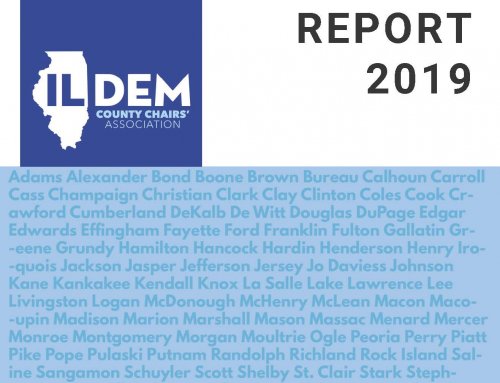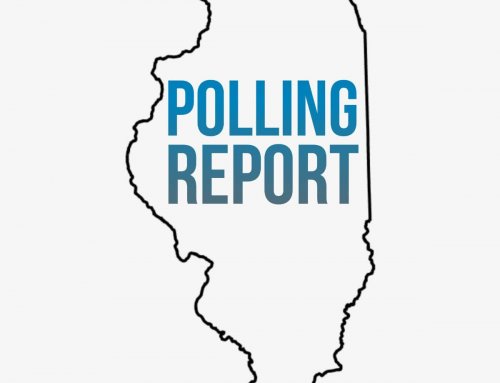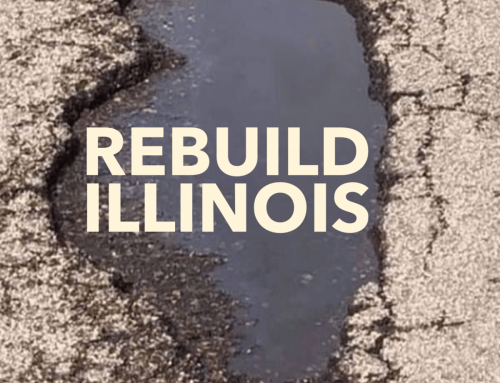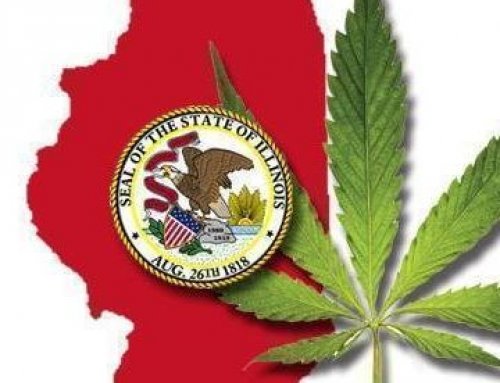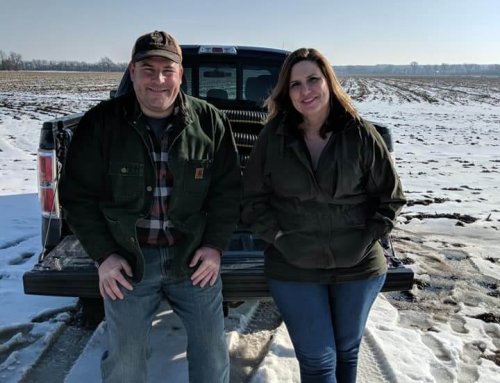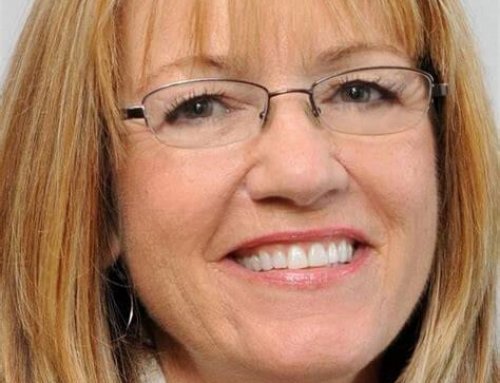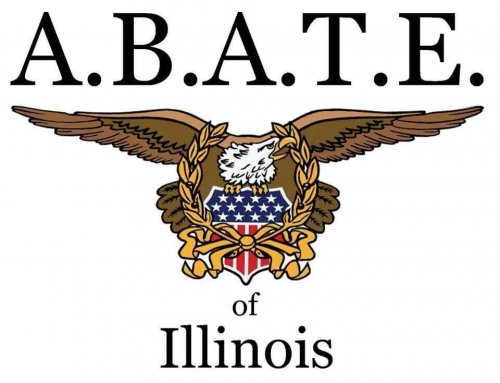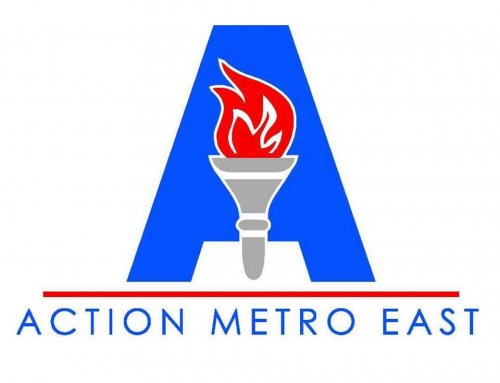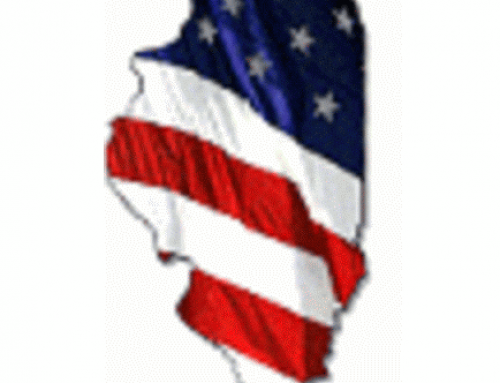COMMENTARY: VIEWS FROM THE WATER FRONT
by Debra Shore, Commissioner, Metropolitan Water Reclamation District
@debrashore
It takes no more than a few pages into the new book, The Water Will Come— with the entirely unironic subtitle: Rising Seas, Sinking Cities, and the Remaking of the Civilized World—for author Jeff Goodell to quote a geologist at the University of Miami who said, “If you’re not building a boat, then you don’t understand what’s happening here.”
After the polar vortex at the end of January delivered crushing cold temperatures and northern Illinois recording the wettest May on record, most people in Illinois know what’s happening here.
According to the Illinois State Water Survey, this past May was the third wettest in Illinois history with average precipitation of 8.43 inches—nearly four inches above average. An area near the Quad Cities received 13 or more inches of rainfall in May; that’s roughly one-third of the total annual rainfall pouring on the land in one month!
Not surprisingly, the soil saturation index reached levels greater than 99 percent of its historic record throughout much of Illinois. Farmers had to delay planting crops—or planted and then had to replant because the seeds they had in the ground rotted from the rain. “If you look at the fields, you will see a lot of fields where the crops are not as tall as they should be,” said Bona Heinsohn of the Cook County Farm Bureau, “or where the fields are of uneven density—that’s because of the rain.”
“Farmers and farm families know that every year is different, and they have a lot of different tools to allow us to prepare and plan for almost everything,” Heinsohn added. “This year has been off-the-charts unusual, and it’s still very much unknown [what it’s going to all mean] … we have no way to understand or knowing what the long-term effects might be.”
Meanwhile, scientists at the National Oceanic and Atmospheric Administration (NOAA), measuring nutrients in fertilizer runoff from farms throughout the Mississippi River basin, now predict one of the largest “dead zones” ever recorded in the Gulf of Mexico, a fluctuating, suffocated area devoid of fish and other aquatic life often compared to the size of entire states: New Jersey in 2017, Connecticut last year, now Massachusetts.
Yet, despite this soggy and grim picture, there is some good news to report.
During the month of May, the Metropolitan Water Reclamation District’s Tunnel and Reservoir system intercepted nearly 13.6 billion gallons of combined sewer overflows (CSOs). That’s sewage and waste water from our homes, businesses, and industries combined with rain washing over city streets collecting salt, oil, pet poop, brake dust, and fertilizer from lawns and gardens that otherwise would have flowed directly into nearby rivers and streams, polluting them significantly.
Thanks are due not only to huge pipes and tunnels, but also to the heroic efforts by MWRD staff to lower water levels in the Chicago Area Waterways system in advance of storms to give the system as much capacity as possible to capture storm water. During the late May storms, the gates releasing water at MWRD’s Lockport Powerhouse were open as wide as possible and the flow recorded there was 20,000 cubic feet per second (cfs). By comparison, Chicago can legally withdraw only 3,200 cfs/day of freshwater from Lake Michigan.
Here’s a fascinating fact: one cubic foot of water weighs 62.5 lbs. Thus, the flow of 20,000 cfs at Lockport equaled 625 tons of water per second flowing through the Powerhouse gates. The Illinois River (which receives flows from the Chicago Waterways) reached a peak discharge of a whopping 100,000 cfs, roughly five times the normal volume of water. Beginning on May 7th, the US Coast Guard halted barge traffic on the Illinois River and traffic did not resume until July.
The Great Lakes have responded to this record-setting weather as well. According the Army Corps of Engineers, which tracks Great Lakes water levels, Lake Erie and Lake Superior reached new monthly mean high water levels for May, June, and July, and Lake Ontario surpassed its all-time record high level. As of August 30, Lake Michigan was 13” above its average level for this time of year.
As the state government works to determine the cost of these combined changes to our rainfall, rivers, and lakes, this much is certain: our way of life in Illinois depends on just the right amount of water.
What’s to be done with all this extra water? First, expect the unprecedented. Predictions for the climate crisis in Illinois include more intense, less predictable rain and snowstorms. These are likely to be our new normal. Consider this conundrum: warmer air here in Illinois means more water evaporates and coalesces into violent storms, while warmer air in the Arctic destabilizes the jet stream and draws cold polar air down to Illinois in winter.
Second, let’s do everything we can to give the land more absorptive capacity. We should install rain gardens, bioswales, permeable pavement, and green roofs everywhere we can to capture rain and keep it out of the sewers. But we may also need to un-finish our basements and expect them to take on water now and then — the way things used to be. (A harsh reality, I know, but we live in a flat, wet state. There’s no downhill to move water away from us.) Finally, let’s get creative about ways to capture (and reuse) rain. Let’s think about repurposing rail tank cars for storm water capture next to big box stores and warehouses. Let’s install community cisterns block by block and re-green vacant lots as wetlands. Let’s convert parkway patches into prairie grass stands. Bring your ideas to your local representatives and push for action. Folks, we need all hands on deck because we’re taking on water!


